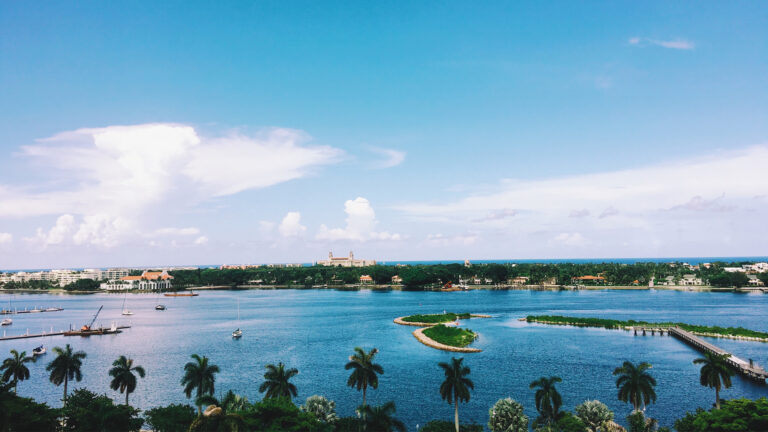By Muskan Arora
The $78.6 billion Alaska Permanent Fund Corporation
increased its private equity and private income targets, while reducing its
real estate targets following an asset allocation study.
Private equity target, for fiscal year 2025, was increased
to 18% from 15%, private income’s target increased to 10% from 9%. Real estate
faced a decrease to 11% from 13% and tactical opportunities and cash to 1% each
from 2% each, effective from July 1.
“The relative case for private equity is stronger than it
was a year ago”, presented the staff as the S&P 500 recently went over 20%.
However, real estate becomes less attractive owing to
stubborn high interest rates “while capitalization rates of core properties
have only adjusted upward modestly.”
“Commercial real estate fundamentals are showing some
cracks; these developments make real estate a natural place to use as a source
of funds for asset allocation adjustments,” stated the meeting documents, as
the staff recommends eliminating REIT from the mandate.
Targets that remained unchanged are 32% for public equities,
20% for fixed income and 7% for absolute return.
“Even in this environment of lower exits, we are getting
substantial distribution from our private equity portfolio, with the cash flow
being positive,” said CIO Marcus Frampton, in the recent board meeting.
“We’ve run down our exposure by a couple percent, whereas
most people in the industry have gotten further and further but we have got
this luxury of optionality of which direction to now go, and we avoided putting
more money out in a very expensive environment,” said Frampton, as private
equity regains its attractiveness.
As private income remains an area of high returns in soft
landing economic landscape, “capital deployed here exposed to risk in more
pronounced default cycle / economic contraction.”
“In private income there’s a less of dynamic of capacity
constrain, so we would probably still back the same managers but increase the commitment
size,” said Frampton.
Investment actions taken in Q1 2024
Through March, the fund outperformed its performance
benchmark on a five year annualized bases (8.69% vs 8.54%).
Within the private equity portfolio, the system made
commitments to opportunistic US energy fund, early-stage VC funds, mid-cap
buyout fund, in the first quarter. The system had $80 million left to commit
this year.
In the private income sleeve, the system allocated to direct
lending industrial service provider and waste management services, with $63
million left to deploy.
For the real estate sleeve, in the first quarter, the system
took off $200 mm from REITs and paid $550 mm lines of credit against individual
properties with significant savings in interest.












